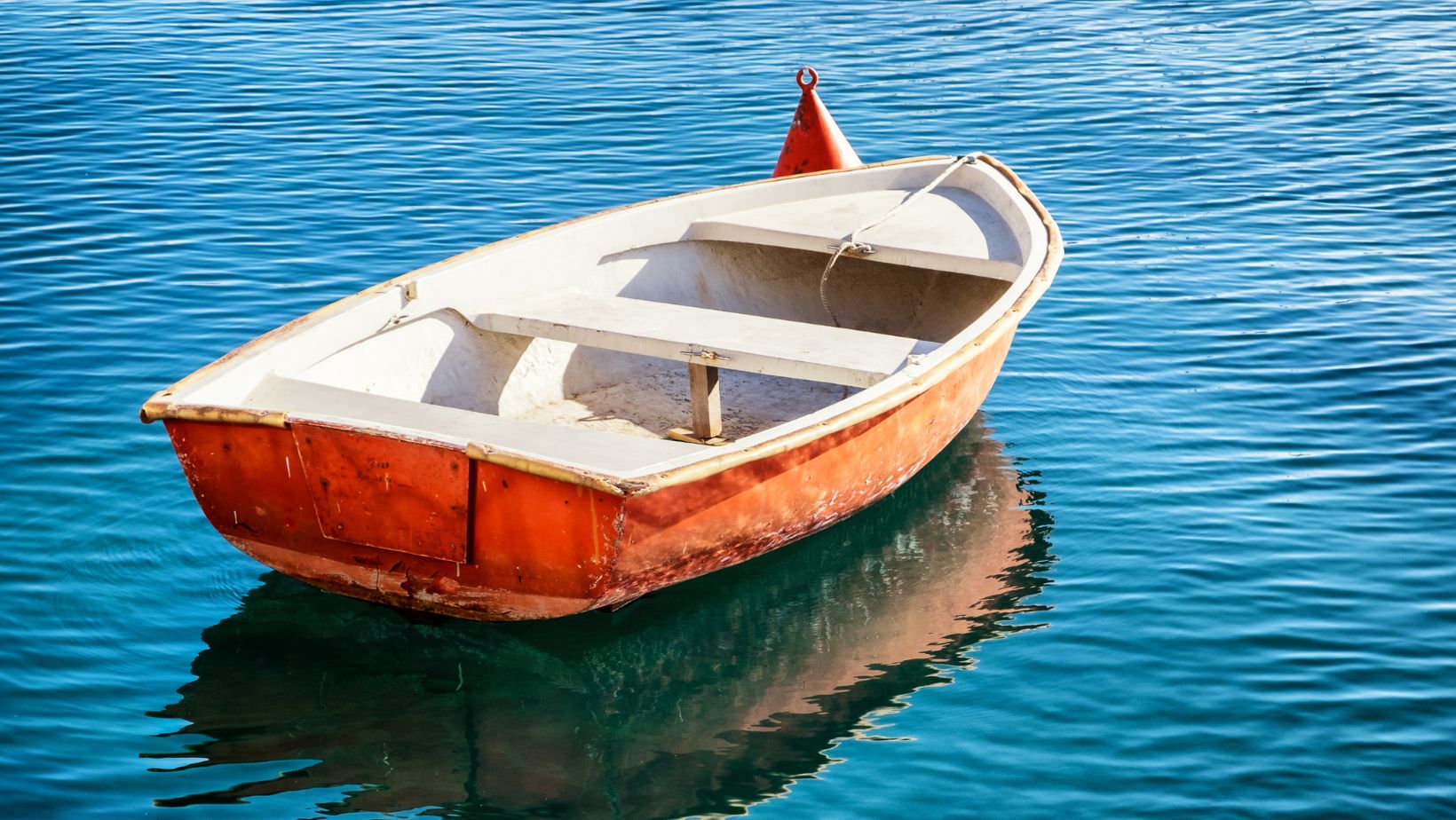
Which of the Following is a Characteristic of an Overloaded Boat?
Ever been on a boat and wondered, “Is this thing overloaded?” It’s a common concern, especially for those new to boating. In this article, I’ll delve into the characteristics that signal an overloaded boat.
Overloading a boat can lead to serious consequences, from poor maneuverability to the risk of capsizing. Understanding the signs is crucial for your safety on the water. Let’s explore this topic together, so you’ll know what to look out for next time you’re setting sail.
Stay tuned as we navigate through the tell-tale signs of an overloaded boat. You’ll be able to spot the danger before it turns into a disaster. So, let’s dive in and keep your future boating experiences safe and enjoyable.
Significance of Boat Weight Capacity
Understanding a boat’s weight capacity is of utmost importance when preparing for a journey. The weight capacity of a boat isn’t a recommendation, it’s a critical safety feature.
Boat manufacturers establish the weight capacity specifications for each boat model. Adhering to these specifications is non-negotiable. Overloading your boat can lead to a series of unwanted incidents like impaired handling, swamping, or even capsizing.
Think of the weight limit as your boat’s maximum carrying capacity. This limit includes everything aboard: passengers, crew, gear, and stored items. Even the weight of the installed equipment needs to be factored in. Based on these elements, it’s clear that ignoring this limit exposes you to inherent risks.
| Capacity Element | Influence on Boat Capacity |
| Passengers and Crew | Their weight counts toward the maximum weight capacity. |
| Gear and Stored Items | The weight of these items decreases the weight limit for passengers and crew. |
| Installed Equipment | Enhancements after purchase, like motors or batteries, can drastically decrease your carrying capacity. |
Bear in mind, certain factors like weather conditions and rough waters may affect the actual load your boat can safely carry. A good rule of thumb is to always play it safe and not stretch your boat’s weight capacity to the limit.
Realize too, a boat’s buoyancy isn’t simply based on the weight it carries. The distribution of the load matters as well. An unbalanced boat, even one within its weight limit, is in danger of capsizing.
Knowing your boat’s weight capacity and understanding how to manage it are steps towards a safer boating experience. In the next sections, we’ll discuss the tell-tale signs of an overloaded boat, plus tips on how to prevent overloading.
Characteristics of an overloaded boat
So, we’ve delved into the dangers of overloading a boat and the factors that contribute to this risky situation. It’s crucial to remember that overloading not only includes exceeding the weight limit but also improper load distribution. Poor weather can further exacerbate the situation, making an already dangerous scenario even worse. The key takeaway? Always respect your boat’s weight capacity and distribute the load evenly. By doing so, you’ll ensure a safer, smoother sailing experience. Remember, it’s not just about the boat’s performance; it’s about your safety and that of your passengers. So, keep a keen eye on those signs of overloading and sail smart.















